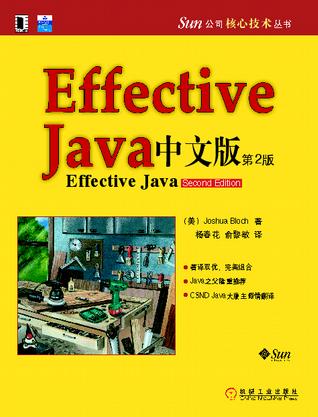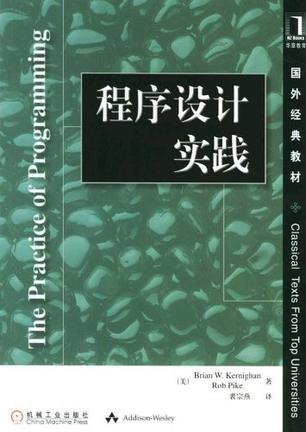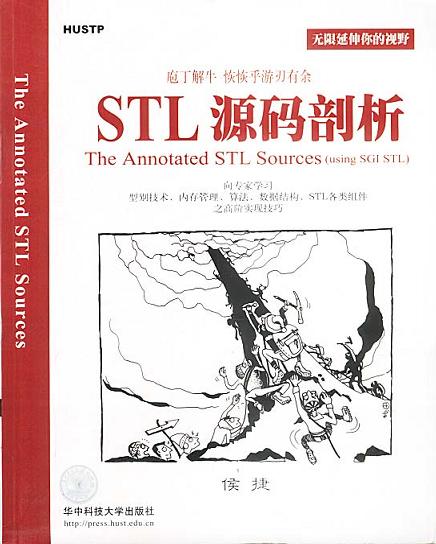The Linux Programming Interface
内容简介
The Linux Programming Interface describes the Linux API (application programming interface)-the system calls, library functions, and other low-level interfaces that are used, directly or indirectly, by every program that runs on Linux. Programs that explicitly use these interfaces are commonly called system programs, and include applications such as shells, editors, windowing systems, terminal emulators, file managers, compilers, database management systems, virtual machines, network servers, and much of the other software that is employed on a daily basis on Linux systems. Extensively indexed and heavily cross-referenced, The Linux Programming Interface is both an introductory guide for readers new to the topic of system programming, and a comprehensive reference for experienced system programmers. Although this book goes into detail on a wealth of Linux-specific features, it gives careful attention to contemporary Unix programming standards and to portability issues.
......(更多)
作者简介
Michael Kerrisk is well-known in the Linux community as the maintainer of the man-pages project (www.kernel.org/doc/man-pages/), which documents the Linux kernel-userspace and standard C library interfaces. A former Digital Equipment Corporation programmer and trainer, Kerrisk was more recently an engineer at Google and then a fellow at the Linux Foundation working on kernel-userspace interface design review, testing, and documentation. He is a New Zealander living with his family in Munich, Germany.
......(更多)
目录
......(更多)
读书文摘
Named semaphores: This type of semaphore has a name. By calling sem_open() with the same name, unrelated processes can access the same semaphore.
......(更多)






